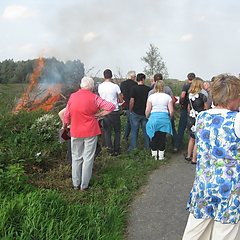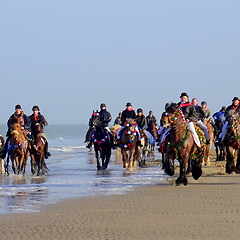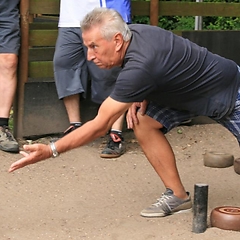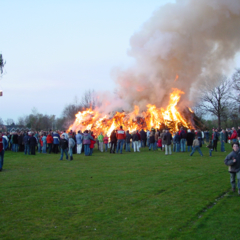Nijmegen and the Vierdaagse, (Four Day Marches), officially the International Four Day Marches Nijmegen, belong together. The largest multiple day marching event starts every year on the third Tuesday of July. Participants must walk four days on end regulatory required distances: 30, 40 or 50 kilometres. There is a different route for every day, always in the vicinity of Nijmegen. The walk always begins and ends in Nijmegen. The first day takes the route through the Betuwe and Elst, the second through Wijchen, the third over the Zevenheuvelenweg (Seven Hills Road) through Groesbeek and the last day through Cuijk. On this last day the walkers are invariably treated at gladioli by an huge crowd of spectators, on a famous street in Nijmegen: the Sint Annastraat (the ‘via gladiola’). Every walker who successfully completes the Vierdaagse, receives a Vierdaagsekruis (a Cross for the Four Day Marches). Groups and individual walkers from all over the world take part. There are always large groups of soldiers participating. Along the walking routes a total over around 800,000 people are watching each year. In the week that the marches take place the centre of Nijmegen is one big party. Every year this attracts around a million and a half people. Artists perform on dozens of stages in the town.



